
Hours after spanking the 2017 Triumph Street Triple RS in Barcelona, some of us were on a Vueling flight from BCN to Seville for the press launch of Ducati’s SuperSport. I wouldn’t recommend Vueling to your worst enemy – always late, filthy planes, making Ryanair seem like a trip to business class – although I would recommend the Ducati SuperSport.
There’s been some amount of confusion as to what the SuperSport actually is. Its name and front-end cosmetics suggest direct connotations to a Panigale, but let’s get one thing clear from the off – this ain’t a Panigale, not even close. Despite the SS’s front-end, it carries very little Panigale DNA, and shouldn’t be thought of as another option to a 959. Ducati claims it’s a sporty road bike with touring, commuting, and trackday ability. Essentially, it’s the Jonny Brownlee in Bologna’s range. There’s no escaping its curvy aesthetics are an acquired taste, but that shouldn’t deter you from an inherent aptitude and fun factor.
The SuperSport is also a bit of a pastiche of parts, formed from an engine pinched from the Hypermotard and a chassis based on the new Monster. While the base model comes rolling with the good old Marzocchi/Sachs suspension combo, the slightly more Gucci S version comes with Öhlins at either end, plus the addition of a quickshifter/blipper combo. It goes without saying that, being a modern Ducati, there’s a medley of electronics to keep things in check – and, boy, did they keep me in check throughout the day.
Launching a bike around Seville – Europe’s driest city – is usually a safe bet for Spanish sunshine and ideal testing parameters, although it pissed down for the only day of riding. Fear not though, as Ducati was prepared for such precipitation, and fitted Pirelli wets to the fully-loaded S model for several sessions at Circuito Monteblanco. With tall, narrow ‘clip-ons,’ it’s a very relaxed riding position, although there’s still a lengthy reach to the controls. The cockpit emulates many other middleweights, just decked in typical Ducati splendour rather than the usual budget guff.
Our first session was in Touring mode, which dulls initial power with a softer throttle map: perfect for splashing around a sodden race track and getting acquainted to fresh surroundings. Despite a mass of spray and numerous puddles, confidence comes super-easy aboard the SS. There’s absolutely nothing intimidating about it, which normally means sacrificing in some areas. Not in this case.
A blend of soft but beautifully damped suspension, Pirelli wets and an onslaught of tangible mechanical grip seeping from the chassis meant I was knee-skidding within a lap on cold tyres, edging towards Ducati’s claims of a maximum 48° lean angle. Racing lines and apexes came intuitively, largely down to the SuperSport’s key facets – agility and a lightweight composure. It begs to be thrown around and takes little persuasion in change of direction, and I can’t think of another faired bike that brags this much flickability. It also has an uncanny knack of holding a line and the ability to adjust mid-corner – most of us there agreed it was almost like riding in the dry, as the SS continually surpassed expectations lap after lap.


Revelling in top gear at 140mph with plenty of revs in hand, braking into Monteblanco’s tricky turn one was an informal task with ample stopping power (backed up by ABS as a safety blanket) and the incredible blipper for clutchless downshifts – why this tech isn’t on the 959, we’ll never know. The throttle has to be entirely shut and revs have to remain under 9,000rpm, but the execution is as seamless as the 1299’s and lends the SuperSport a genuine fluidity throughout the lap.
For most of that opening session, the traction control light was illuminated – not that I was aware of its intrusion, it was that understated. Come the start of our second session, I was ready to relinquish Touring mode and higher TC levels, so engaged Sport mode for a slightly more direct throttle, which brought the engine to life. Ultimately, the chassis could cope with another 20-30bhp, and considering its Monster heritage that’s no surprise. And occasionally, the SS feels as though it could do with another 20-30bhp, particularly when being spanked on an expansive circuit as the top-end soon runs out of puff way before the limiter encroaches.
On paper, a claimed 113bhp doesn’t exactly get one’s juices flowing, and my botty dyno suggests a rear wheel reading of around 100bhp. But I’ve always loved this 937cc lump in the Hypermotard. It’s a big, bold and brash v-twin (sorry, L-twin), rich in midrange but offers lashings of punch anywhere in the rev range. A comfortingly flat torque curve means a versatile yet snappy delivery, able to haul you from any corner without being too fussy on gear selection. It’s an absolute joy to thrash.
Regardless of how dapper the bike is on track, 99% of these SuperSports will be ridden on Her Majesty’s highways. Ducati’s excuse to get us on track was to demonstrate the SS’s intrinsic ability but we swapped the S model and wet tyres for the base version and OE Pirelli Rosso IIIs, and headed out to tackle some piss-wet mountain roads.
Other than the absent quickshifter and blipper, there’s very little to differentiate between the two models. Like many lower spec Ducatis, the switch to Marzocchi/Sachs suspension didn’t hinder the SuperSport in anyway, offering the same abundance of mechanical grip and confidence to push, albeit with a slightly less executive feel to the stroke. It still chewed up rough surfaces and anything thrown at it.
Ably assisted by the Rosso IIIs in shit conditions, the SS carries the same swagger from the track onto the road and makes light work of any environment. There’s a real sense that you can boss the front-end, akin to a dry, crispy bogey in many ways. It’s less focused, less serious than a pukka sportsbike, therefore more way more fun for 99% of the time. Above all else, it’s an absolute doddle to ride without compromising that fun factor.


The 937cc Testastretta engine makes better sense on the road, darting from corner to corner with more enthusiasm. Ducati claims the SuperSport makes 80% of its torque at 3,000rpm, and that’s entirely convincing, although below 3,000rpm is a waste of time. The chain clattering below 3k and a heavy clutch action makes you work in urban surroundings and during slow speed faffery, but is otherwise faultless in execution. A further subtle hit just after gets the motor spinning with more vigour and a noticeable sweet spot, and you’re soon instinctively upshifting long before the redline.
There’s one glaring concern that has nothing to do with the bike itself: the price. At the just under a grand cheaper than a 959, Ducati has either devalued the lil’ Panigale or overpriced the Supersport. Then again, they’re two completely different bikes and I wouldn’t want to commute, mile munch, or use a 959 Panigale everyday. The base model will cost you £11,495, while the S version is a hefty £12,795 – and you’ll have to add another £200 for the white, which is a no-brainer.
In terms of dynamics, its pliant, friendly and accommodating attitude is difficult to pick holes in. My only gripe was achy wrists after an hour in the saddle, but that was more than likely down to gripping the ‘bars for dear life in crap conditions. And, on the subject of gripes, the SuperSport’s tank is bereft of lacquer (as per 899), which caused several tanks on bikes in our group to scuff a little.
It’s a travesty that we didn’t get any dry road miles during the launch, so we’ll get a proper test done whilst drenched in UK sunshine. Aside from a moist gusset and not being able to test the bike properly, we weren’t able to truly exploit the SuperSport’s potential. Ducati didn’t want this pitched as a sportsbike but it’s impossible to escape its DNA. It’s a super-comfy, ridiculously versatile sportsbike that ticks every box required. Remember the last truly comfortable sportsbike? Before we’d even ridden it, there was more than a whiff of VFR800 about the SS, and there’s a real stench now that we’ve actually sampled the goods.
Sometimes, 200bhp and a race-inspired finicky chassis is best left for the willy-wavers. There’s nothing inherently sexy about the SuperSport, nor does it smack you in the face with sheer thrills, but you’d probably go faster on the SS than a 1299 in certain situations. Its power and chassis package reminded me of a supertwin racer: a sweet handling ride powered by 100bhp is enough to appease any pilot. The clue is in the name…
Vid dropping soon.




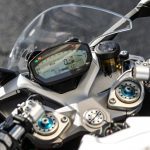

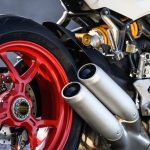
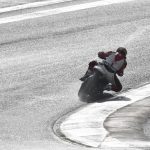

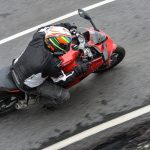

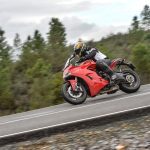



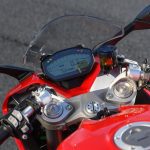












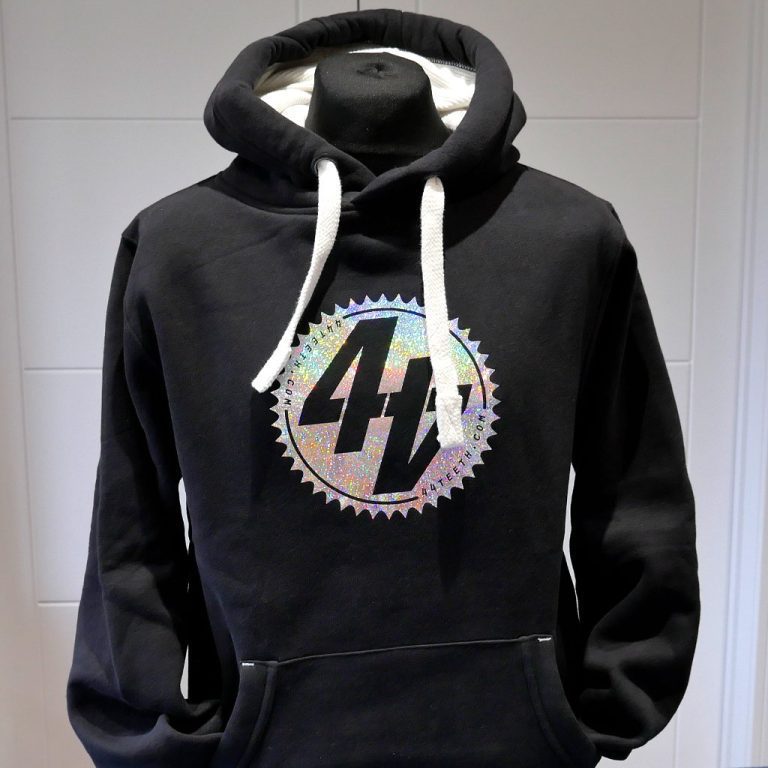
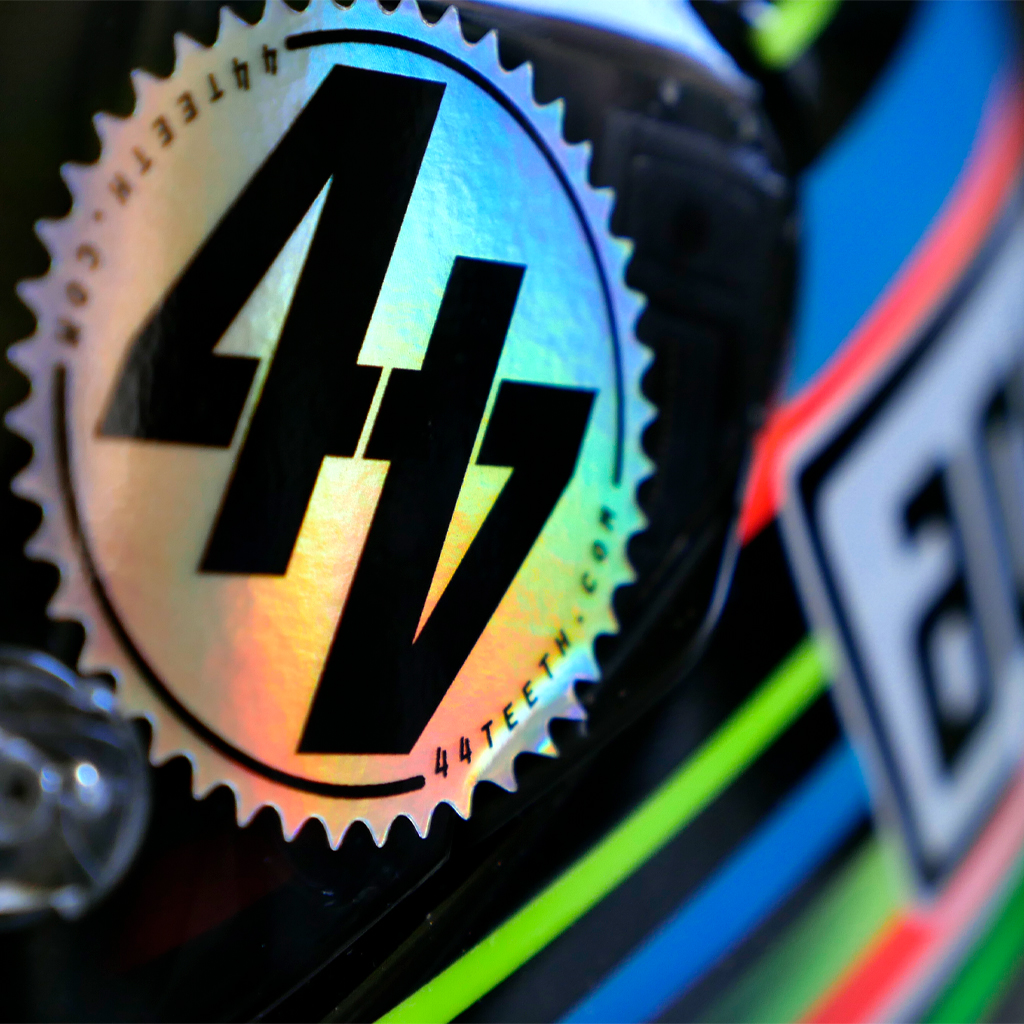
2 Responses
Dosh aside – this or the Aprilia rs660 for 361 days of commute and twisties, and 4 track days a year?
I have had my Supersport S 2017 from new and its a great bike on the road, but would love to have a test ride on the RS660 once Covid lets me